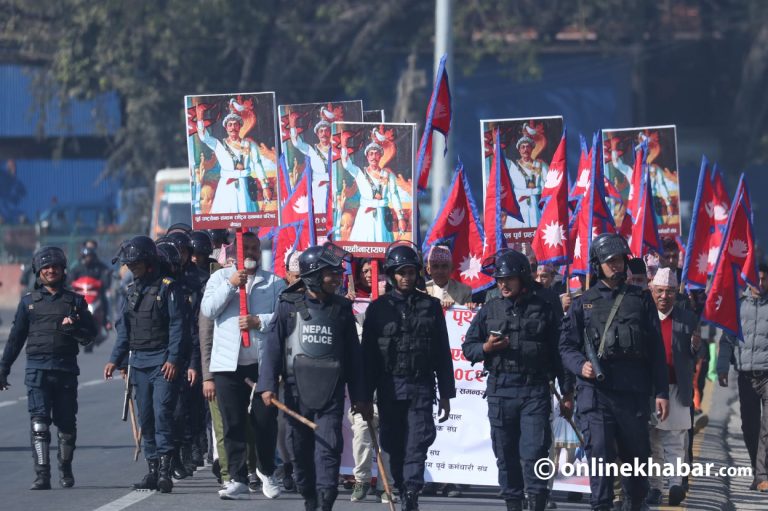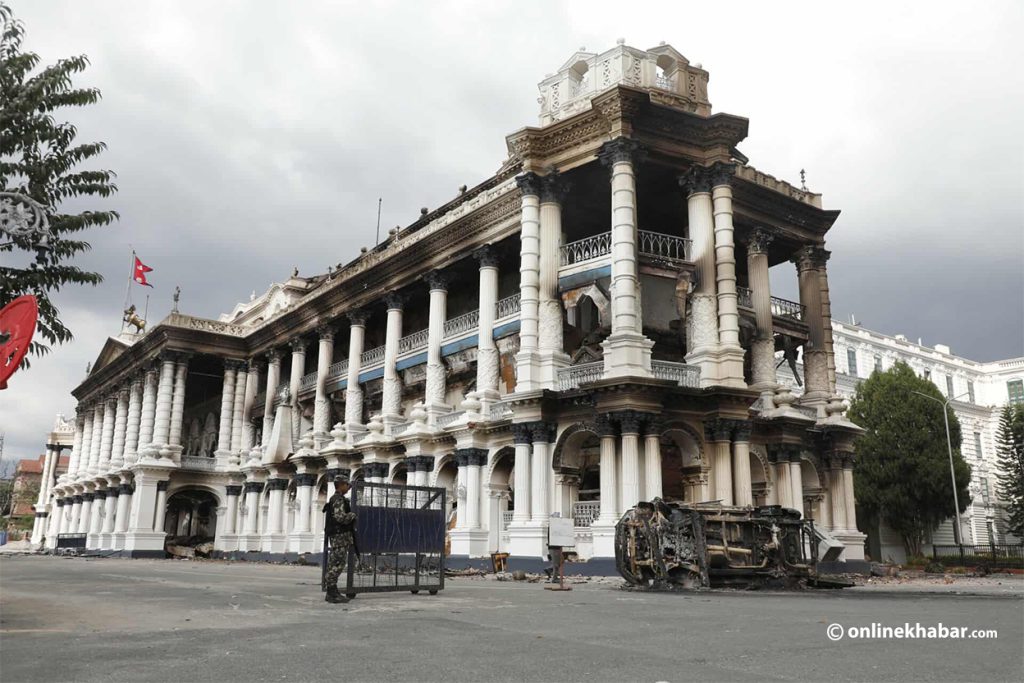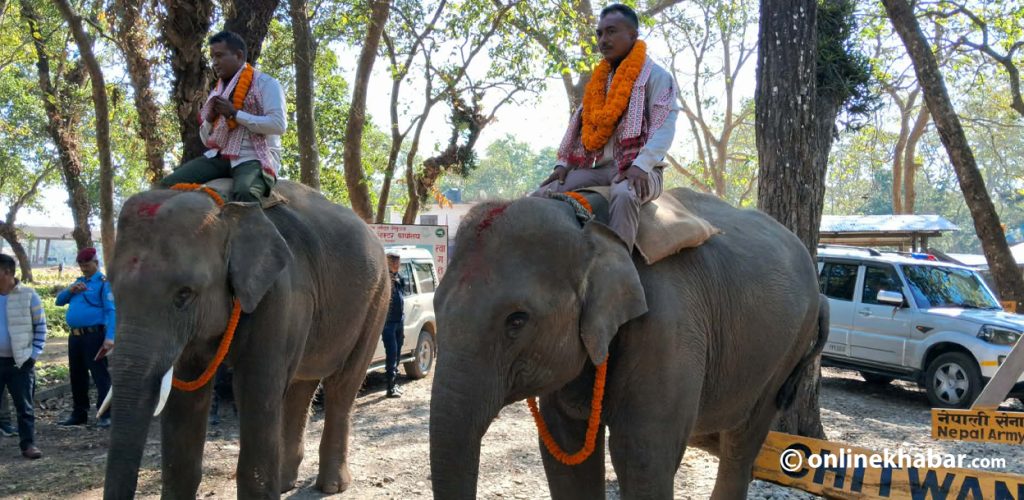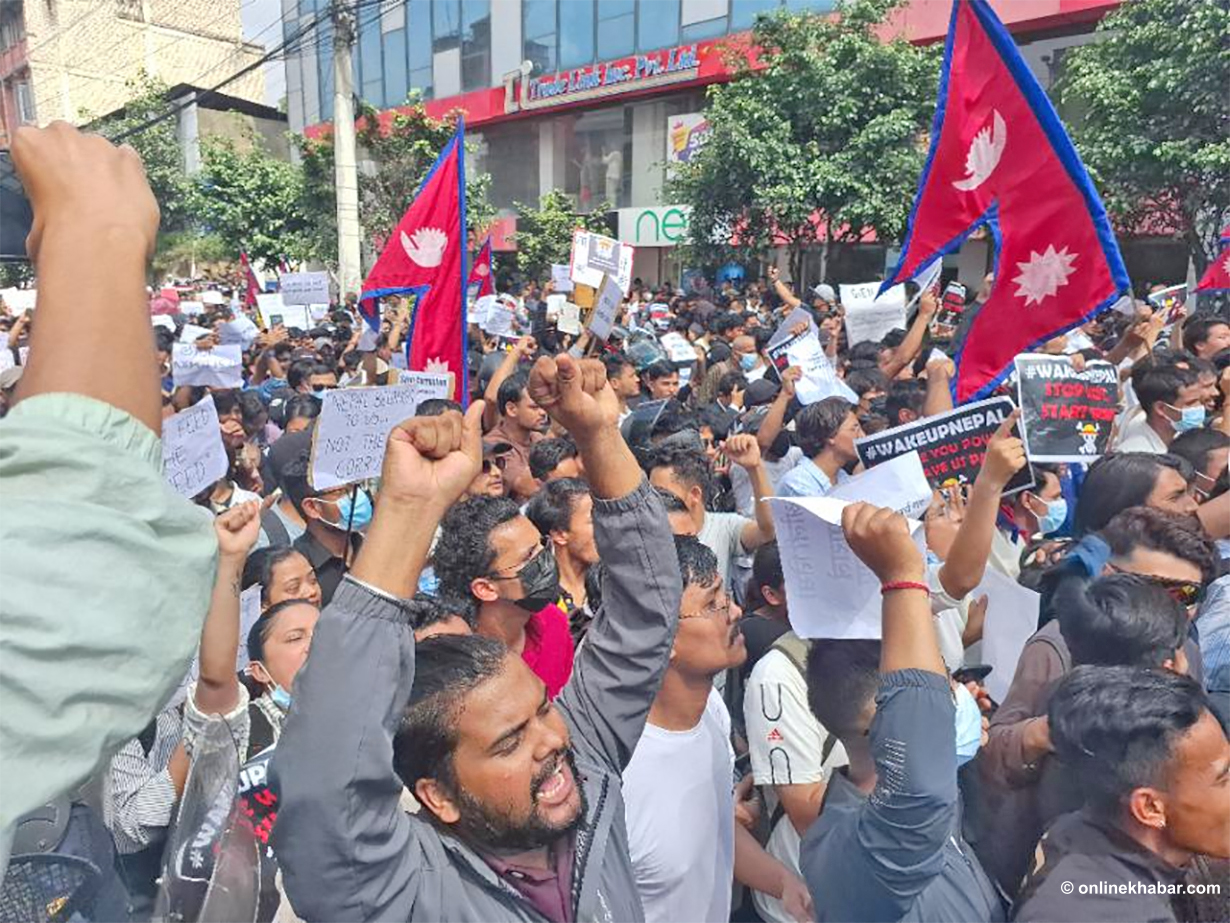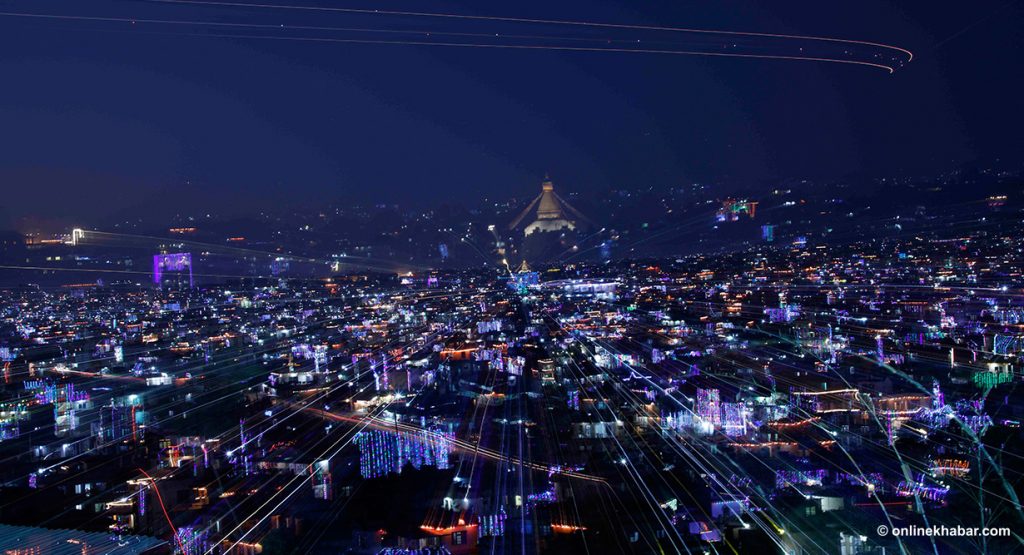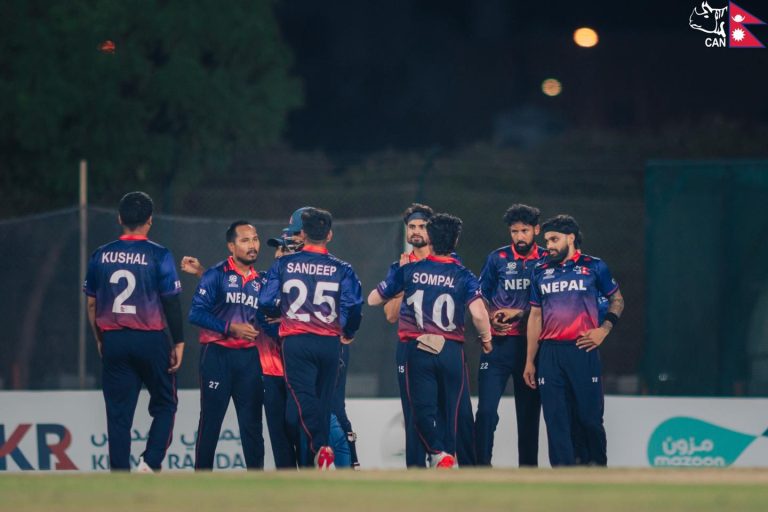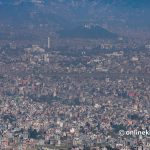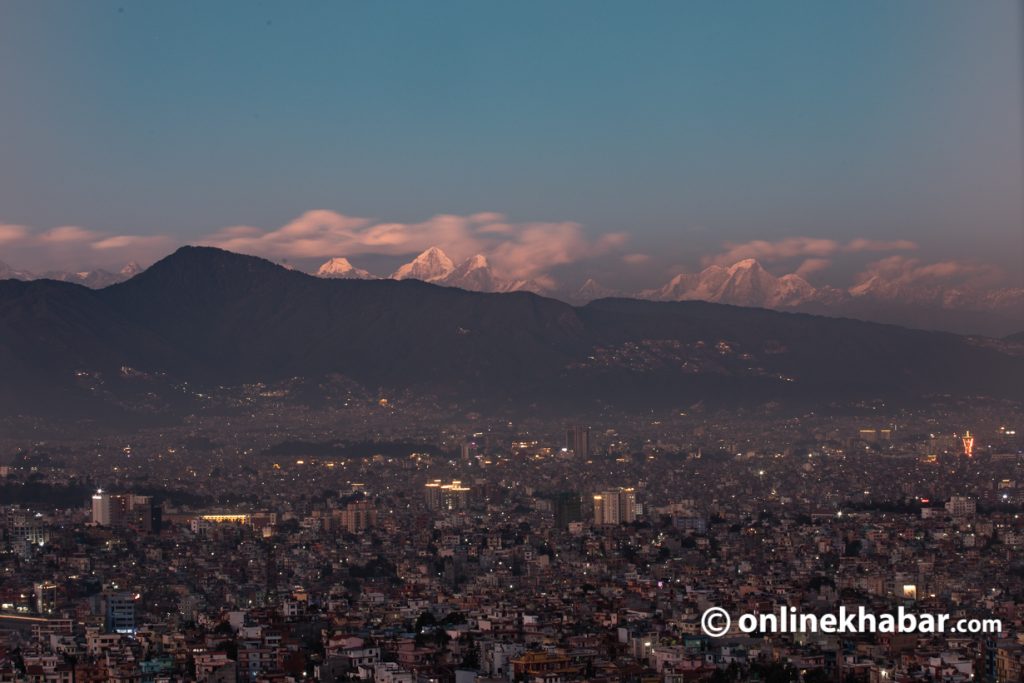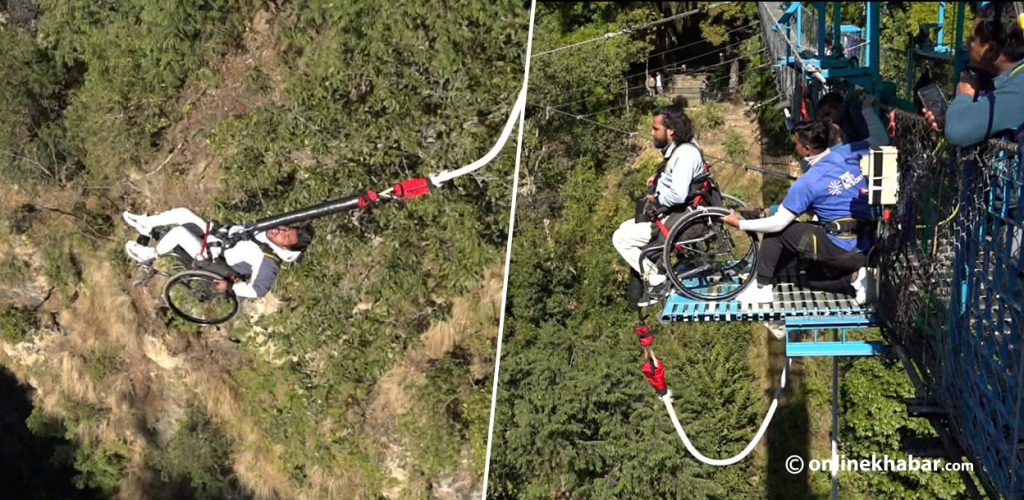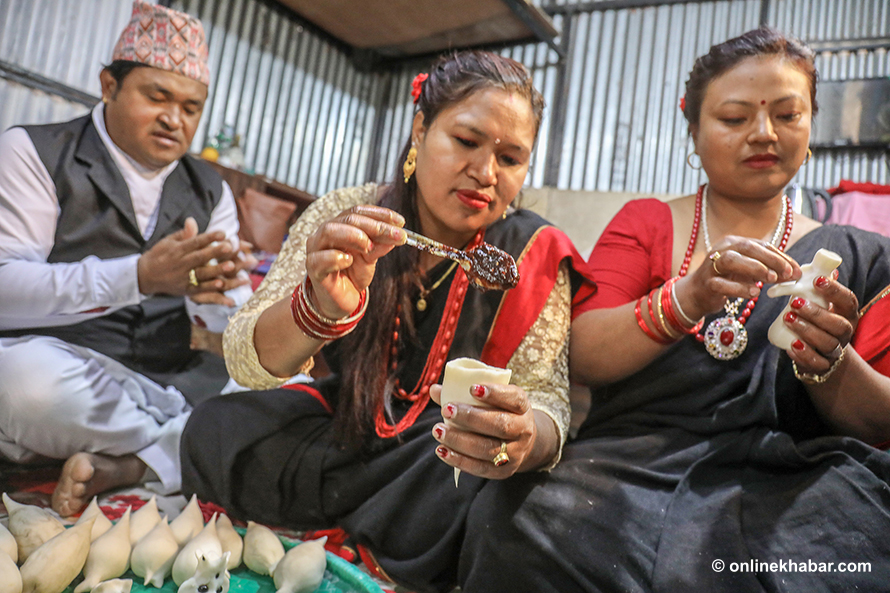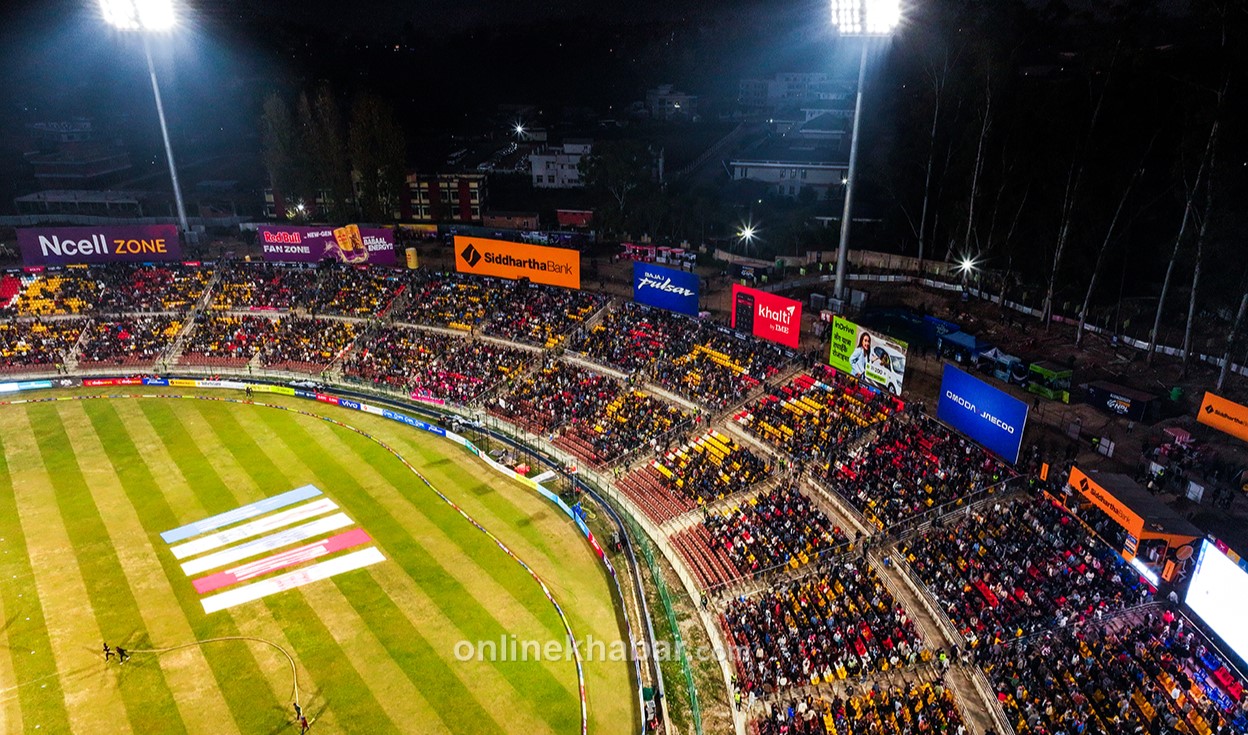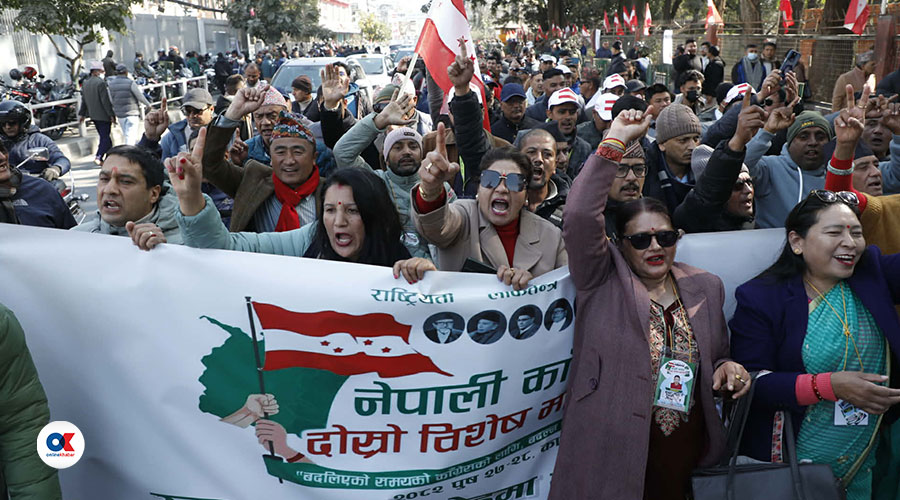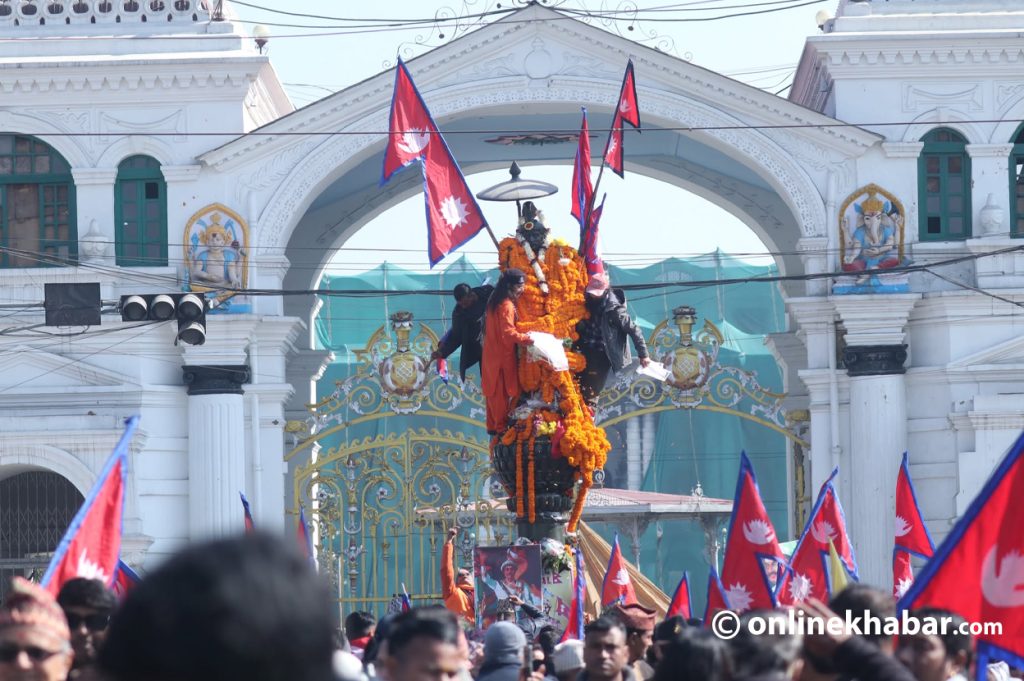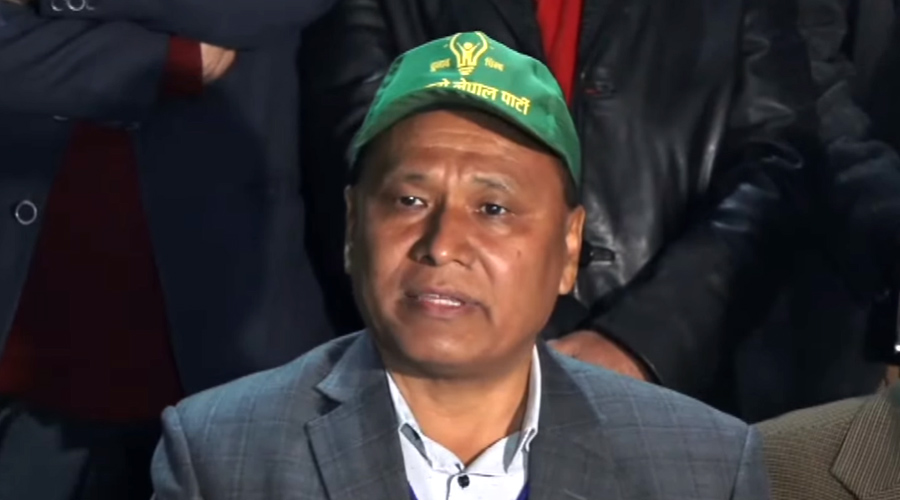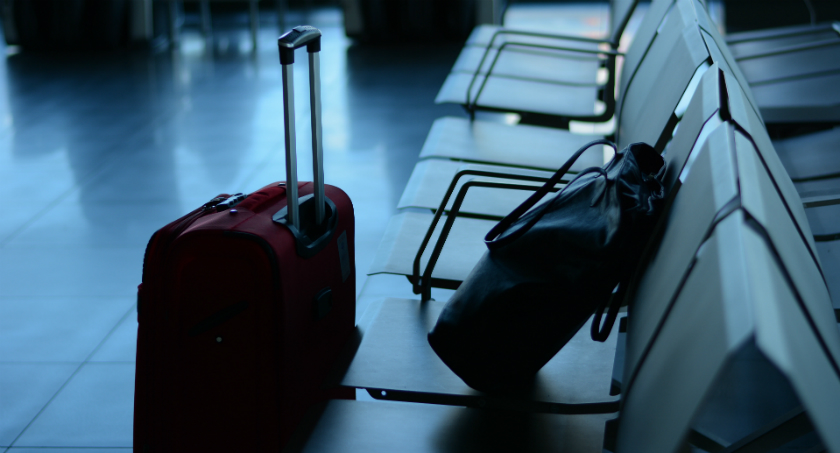
Recently, I had the chance to sit down with the Consul General (CG) of the Indian Embassy in Birganj during the preparations for the much-publicised Madhesh Tourism Meet 2025. A grand event, jointly organised by NATTA Madhesh Province, Nepal Tourism Board, Birganj Metropolitan City, and Janakpur Sub-Metropolitan City.
The theme— promoting Madhesh as a key spiritual and cultural destination and shining a spotlight on the Ramayan Circuit, especially the holy Ayodhya–Janakpur route.

File
We were in the CG’s comfortably air-conditioned chamber. Coffee was served. Smiles were exchanged. Enthusiasm was high. Then, in the middle of our polite formalities, the Consul General raised an inconvenient truth — the sharp decline in the number of Indian tourists visiting Nepal.
What used to be nearly a million visitors annually has now plummeted to a mere trickle. And no, it is not because Janakpur has lost its charm or Nepal has lost its hills. It is because the very system meant to welcome guests has perfected the art of pushing them away.
Step one of the tourist experience in Nepal begins with immigration — and what a start it is. If you are flying into Tribhuvan International Airport in Kathmandu, the first voice you hear is not that of a welcoming host — it is the sharp, condescending bark of an immigration officer who looks like he would rather be anywhere else. There are no smiles, no greetings, no hospitality — just a robotic, irritated demand for documents, as if the tourist has committed a crime by arriving.
If you are coming by land, things only get worse. At the Raxaul–Birgunj border, the experience is less “gateway to the Himalayas” and more “cross-examination under suspicion.”
There are at least 10 checkpoints between the border and the city. First, the local police — who, by law, have no authority to check tourist belongings — decide it is their national duty to do so anyway.
They poke into bags, demand vehicle documents, and interrogate visitors with the kind of tone you would reserve for smugglers. The customs documentation desk is another circus. Officers sitting behind dusty desks ask for vehicle papers like they are interrogating intruders, not welcoming guests. The tone is sharp, the behaviour ruder than necessary, and the hospitality absolutely absent.
These are the people tasked with representing our country at the very first point of contact — and we have chosen, somehow, the least hospitable ones for the job.
Of course, it does not end there. The Armed Police Force joins the parade, checking the same documents again — because apparently, repetition builds national security. Never mind that by this point, the tourist is wondering whether they have entered a war zone instead of a peaceful Himalayan nation.
And just when you think the worst is over, you try flying domestically within Nepal.
That is when you realise: we have taken the term “domestic tourism” and turned it into “domestically tortured tourism.”
Flying to Kathmandu from anywhere in the country with one of our so-called “leading” domestic airlines is an experience in chaos. Forget punctuality — it’s a lost concept. What matters more is the performance after the plane lands.
Because that is when the guests are herded into small, suffocating buses on the tarmac — and then held hostage inside them for up to 30 minutes, in the full blast of Kathmandu’s dry heat. No movement. No air-conditioning. No explanation. Just a slow roast of tourists in a mobile oven while airport staff wander around without a care in the world. Maybe they think it builds character. Or maybe they are just too used to the dysfunction to notice.
And before you even board, the drama begins at the airline counters. Staff who seem perpetually angry, overwhelmed, and untrained talk to travelers like they have come to beg for a favour. Lines snake around like cattle queues, and if you dare ask for assistance or clarity, expect a stare colder than the Himalayan glaciers we market in our brochures.
And yet — we proudly organise tourism meets. We spend days printing pamphlets, giving speeches, discussing “destination promotion” and regional integration. We speak about building religious circuits and branding Nepal as a top tourist destination. All while completely ignoring the basic fact that the current tourism experience is not just broken — it is actively hostile.
We do not need another event to celebrate our cultural potential. We need an overhaul of the people and systems that are supposed to be Nepal’s face to the world. If the guest is god, as we claim with “Atithi Devo Bhava,” then why do we treat gods like suspects? Why are tourists interrogated, mishandled, ignored, roasted in buses, and humiliated by rude staff at every stage of their journey?
We call tourism our economic lifeline, and yet we treat tourists like burdens. We talk of lifetime experiences, and yes — we do deliver those. Except they are not the spiritual, scenic, or serene kinds we promise. Instead, it is a lifetime experience of bureaucratic rudeness, logistical chaos, and emotional exhaustion.
So, let’s continue to print glossy posters, hold fancy meets, and pose for smiling photos with international diplomats. Let’s keep saying “Atithi Devo Bhava” — and then let’s continue treating our guests like trash at the gate, steam them on buses, and insult them at check-in counters.




